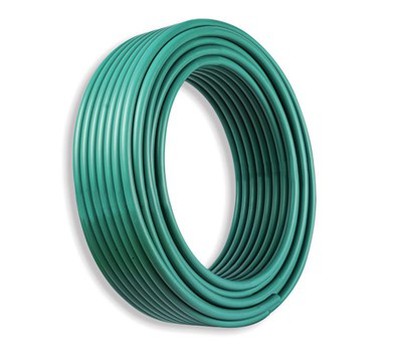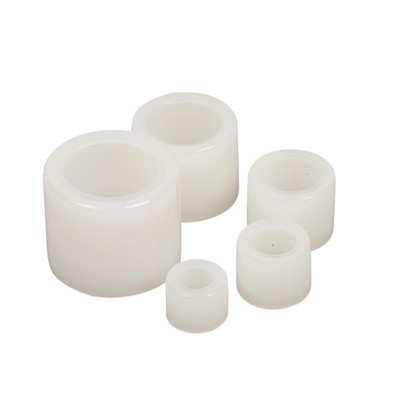Requirements for Soil Cover Depth of PE Water Supply Pipeline and Electric Fusion Connection
Leave a message
Requirements for soil covering depth for laying PE water supply pipelines
According to the terrain, topography, engineering geology, and climate conditions along the pipeline, comprehensive management of buried areas will be carried out. The burial depth of the pipeline considers the influence of frozen soil depth and ground load on the PE water supply pipe, as well as the stability of the area where the PE pipe is located. To prevent pipeline instability and low-temperature brittleness, when unfavorable situations such as faults occur, the top of the pipeline is generally buried below a larger depth of frozen soil, while the pipeline is buried in a stable soil layer. In order to avoid corrosion of the plant root anti-corrosion layer on PE water supply pipelines and consider the frost resistance and stability of the pipeline, this article proposes a new design method.
The top soil cover depth of the PE water supply pipe is 1.0m, and the medium pressure main pipe is generally set under the sidewalk and laid directly. Install protective covers on railway mainlines. The smaller thickness of the underground pipeline cover (from the road surface to the pipe top) must meet the following requirements: it must not be buried under the lane; Under roads (including sidewalks), not less than 0.6m shall be buried in places inaccessible to motor vehicles, not less than 0.3m; Buried in a rice field, not less than 0.8 meters.
PE pipe electric fusion connection
Before inserting the chain link, the two corresponding connections should be straightened. These components are connected to the same shaft through mechanical hot melt bearings. In recent years, the use of hot melt sleeve connections in urban water supply polyethylene pipeline connections has become less and less common, but it has become increasingly common in building water supply polyethylene pipeline connections.
2. The welding socket connection end connecting the PE pipe should be vertically cut. Clean cotton cloth should be used to wipe the dirt on PE pipes and fittings, and the insertion depth should be marked to remove the surface oxide layer of the pipes and fittings.
When connecting the electric fusion pipe fittings to PE pipes, the voltage and heating time must comply with the regulations of the pipe manufacturer, and corresponding electrical protection measures should be provided based on the voltage, current intensity, and power supply characteristics used.
When PE pipes or fittings are hot-melt welded, the heating temperature, welding pressure, and melting temperature should be adjusted. Time, tensile strength, hydrostatic strength, and burst tests can be conducted as needed. PE pipes have good impact resistance at low temperatures. The low-temperature brittleness temperature of polyethylene is very low, and it can be safely used within the temperature range of -60 ℃. In winter construction, this material will not be used safely due to its good impact resistance.







